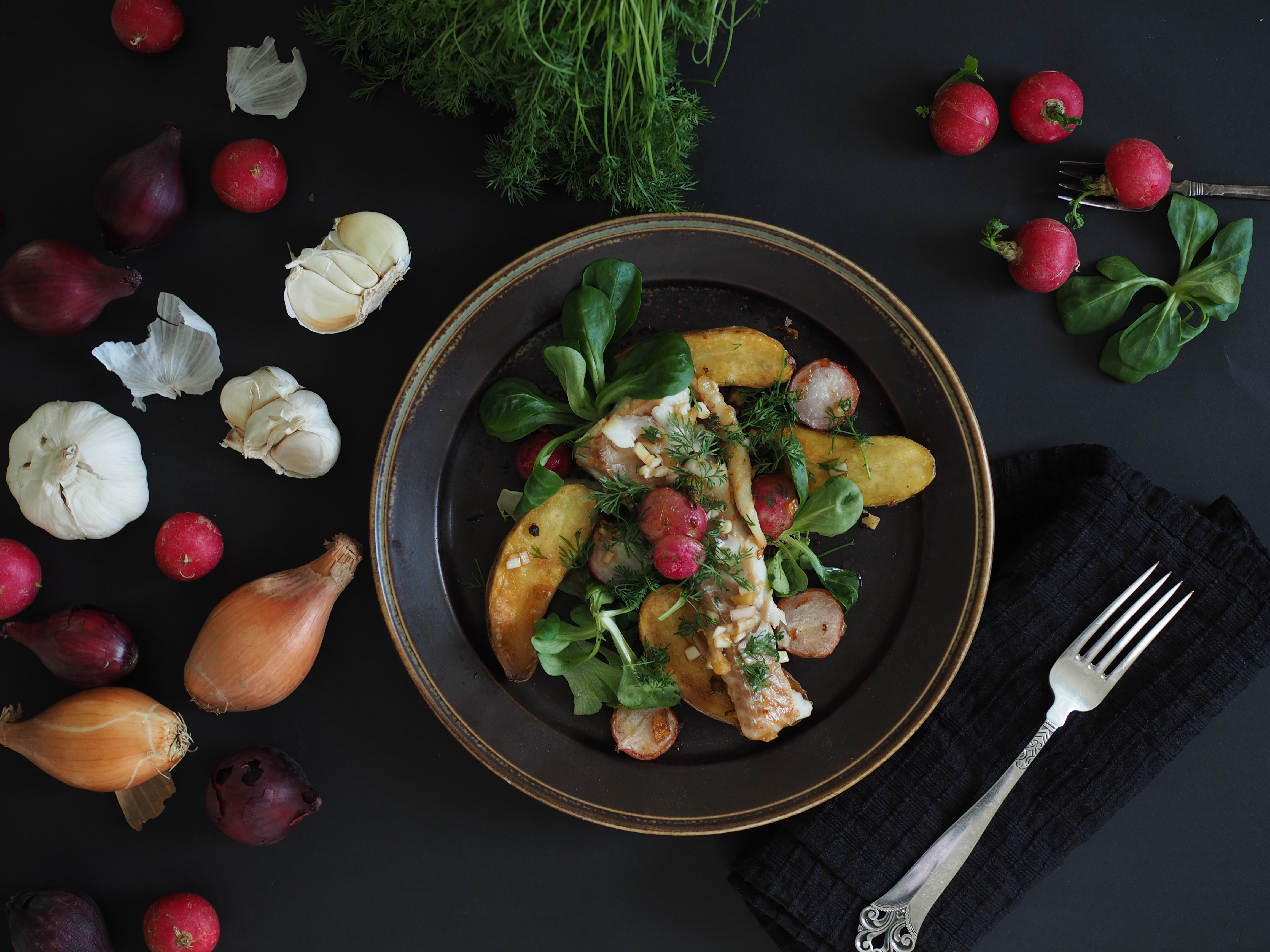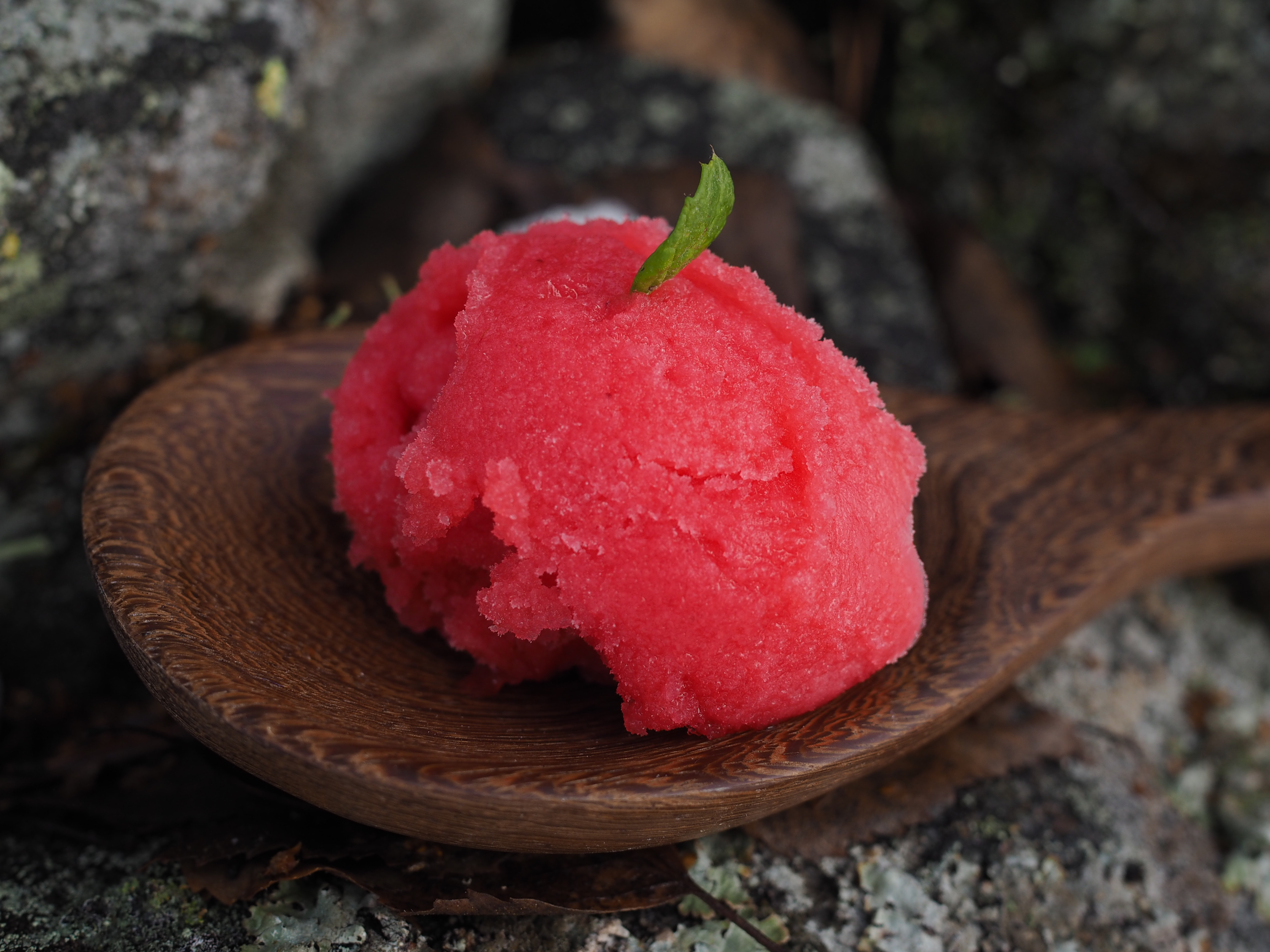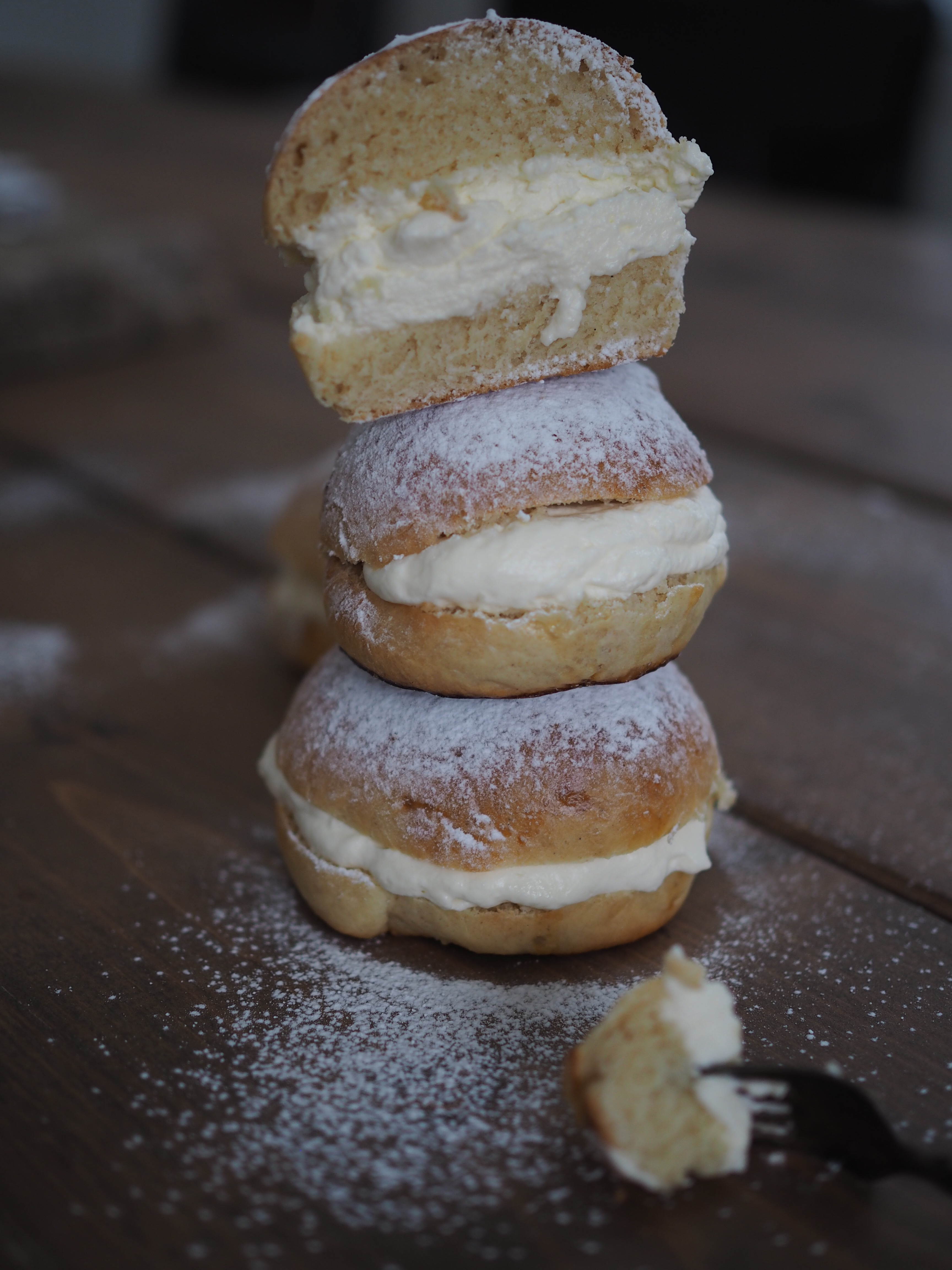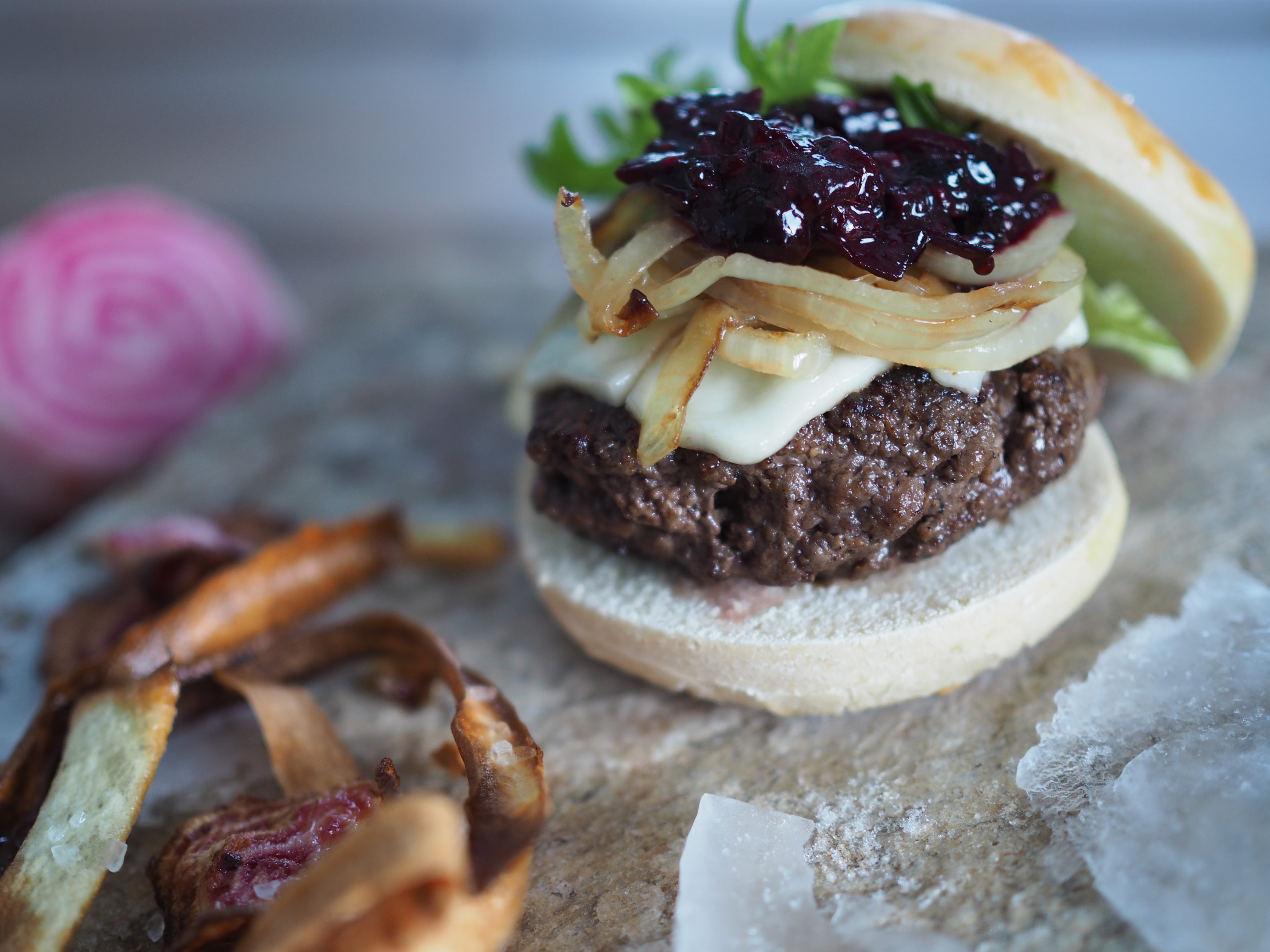
 Lifting the weight and removing the board revealed a two-day culinary journey. Nothing difficult, nothing too time consuming. An act of osmosis. Curing. Transformation. And as the sharpened knife slowly pierced into the orange-pink, dill-infused delicacy, the thrill of knowing the next time step would be getting a taste reached across to everyone in the kitchen. A smooth, grainy and subtly sweet mustard sauce and a warm, hearty bowl of creamy potatoes dancing with dill to round it all off. Luxury at its finest and also its simplest.
Lifting the weight and removing the board revealed a two-day culinary journey. Nothing difficult, nothing too time consuming. An act of osmosis. Curing. Transformation. And as the sharpened knife slowly pierced into the orange-pink, dill-infused delicacy, the thrill of knowing the next time step would be getting a taste reached across to everyone in the kitchen. A smooth, grainy and subtly sweet mustard sauce and a warm, hearty bowl of creamy potatoes dancing with dill to round it all off. Luxury at its finest and also its simplest.
Yet, the delicacy we know today has a much different story than its beginning. Gravlax (gravlaks) first appears in documents from the 1300s, informing us of the preservation methods used during these times. During the Middle Ages, people ate many forms of saltwater and freshwater fish that we continue to enjoy today. Salmon held a special place, valued and desired. Unlike today, where we have greater access to fresh salmon, salmon was more of a prized possession. In fact, in a well-known story about the god Tor, who is referred to as the ‘big eater’, Tor has his fill of eight whole salmon (among other things) at a wedding banquet in Jotunheimen. This gives us an idea as to the value placed on salmon and that protecting the surplus of salmon was important, and worth the risks. (Notaker, Ganens Makt)










 The concept of awakening later turned into an old tradition of waking early from bed and grabbing birch branches to then playfully spank those who were not yet awake. It was normal, up until far into the late 1900s, for children to whip their parents for fun and to be treated to a cream-filled bun afterwards. These buns are still eaten on Sunday.
The concept of awakening later turned into an old tradition of waking early from bed and grabbing birch branches to then playfully spank those who were not yet awake. It was normal, up until far into the late 1900s, for children to whip their parents for fun and to be treated to a cream-filled bun afterwards. These buns are still eaten on Sunday.




 Is it any wonder that the vafler we know today has its connection with something so sweet – something as sweet as honey. Indeed, the pattern of the iron plates is modelled after beeswax cakes from the hive. Vafler derives from the German word, wafel, meaning honeycomb. And this pattern originates from the 1220-1300s. During the 1600-1700s, the waffle iron could be found having a long handle, with a rectangular or heart-shaped iron plate, which could be used over a hearth. It wasn’t until much later that the cast iron became circular with the 5 hearts we are familiar with today. (Source:
Is it any wonder that the vafler we know today has its connection with something so sweet – something as sweet as honey. Indeed, the pattern of the iron plates is modelled after beeswax cakes from the hive. Vafler derives from the German word, wafel, meaning honeycomb. And this pattern originates from the 1220-1300s. During the 1600-1700s, the waffle iron could be found having a long handle, with a rectangular or heart-shaped iron plate, which could be used over a hearth. It wasn’t until much later that the cast iron became circular with the 5 hearts we are familiar with today. (Source:  There are many wonderful vafler recipes out there, and being somewhat of a newbie to the art of the nordic staple, I asked around for a solid recipe that I could springboard from. Without hesitation, my friend was quick to recommend a tried and true vafler recipe. Her family’s favorite. The one that superseded all the others. Of course, it had to be one of the world’s best. From the master’s collection. The Seamen’s Church (Sjømannskirken).
There are many wonderful vafler recipes out there, and being somewhat of a newbie to the art of the nordic staple, I asked around for a solid recipe that I could springboard from. Without hesitation, my friend was quick to recommend a tried and true vafler recipe. Her family’s favorite. The one that superseded all the others. Of course, it had to be one of the world’s best. From the master’s collection. The Seamen’s Church (Sjømannskirken).